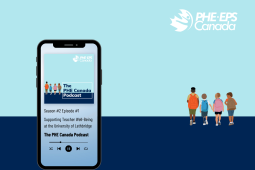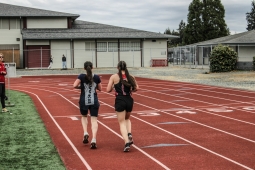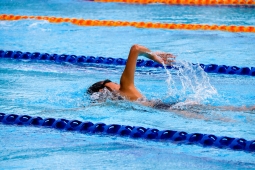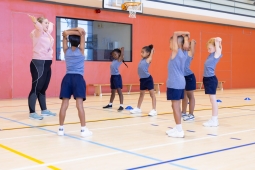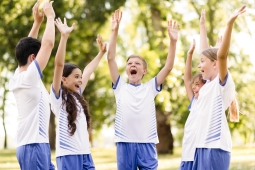Teacher to Teacher: Tips on Making PE Class More Inclusive
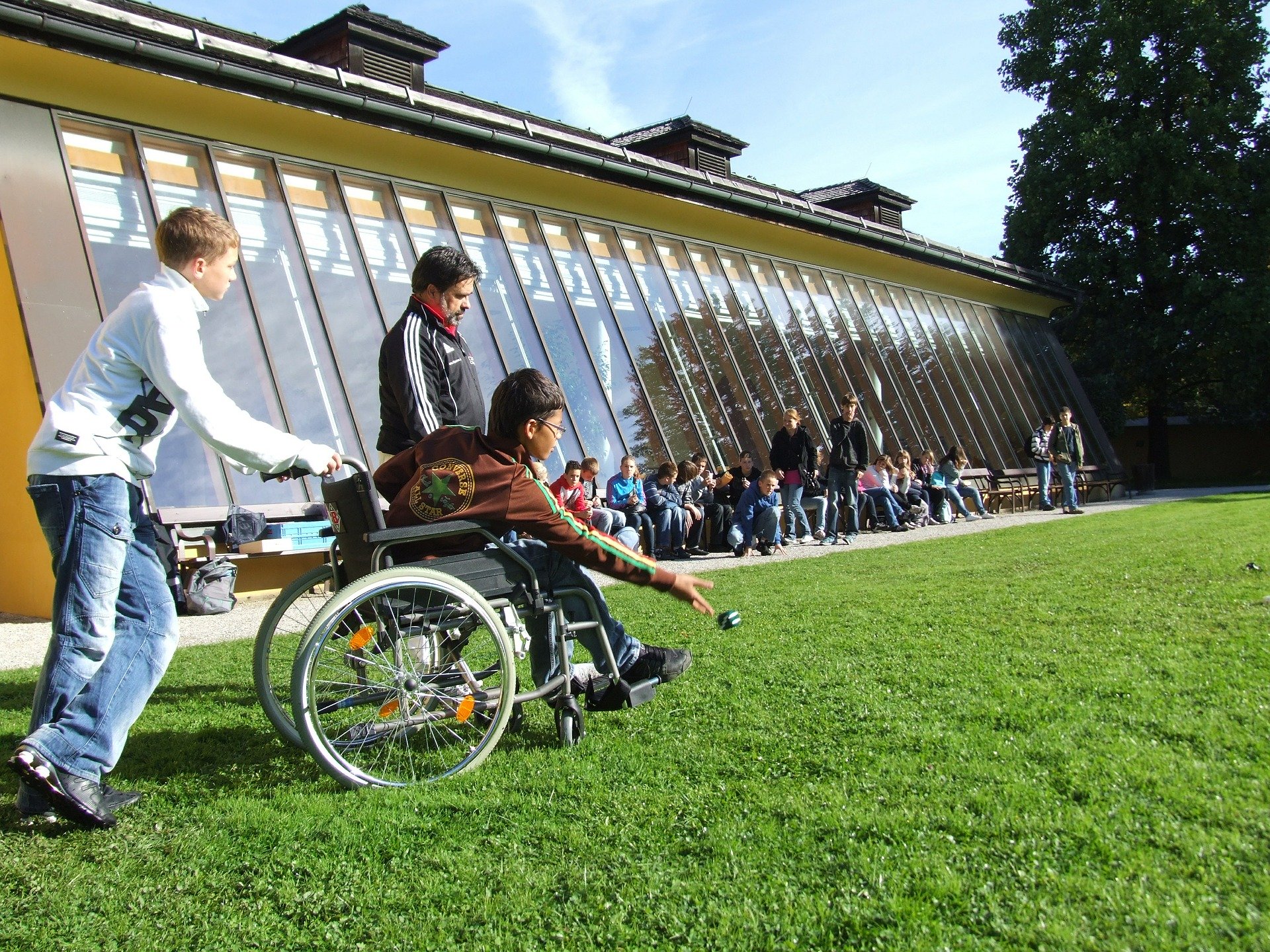
Previously published in volume 84, Issue 3
Being a health and physical education professional is rewarding, but it's also a career with challenges. We want to help our members connect and share the issues that come up in their classrooms, and offer their advice on how to handle those challenges, so we can all learn from our collective experience.
In this column, we feature questions posed by teachers and answers directly from their colleagues.
Question: How can I make my classroom more inclusive?
Answer: That’s such a great question and such an important topic in education. In any class, students will have a range of abilities and challenges – some you might be aware of, but also many you aren't. By taking steps to help a child participate, you might just be lending a hand to other students who felt sidelined or excluded, as well.
I’d suggest a few things to keep in mind to help ensure every child has a chance to take part and get the most from every lesson.
-
Make sure there’s plenty of choices. Over the course of the year there should be a good mix of traditional and non-traditional sports, competitive and non-competitive games, and group and individual exercises. Find out what students want to do and play, and work as many of those ideas into the year as possible.
-
Offer rules and explanations in multiple ways. When outlining how a lesson will work, consider a video, a drawing, using students to demonstrate, posting the rules on the wall, and offering verbal cues throughout the lesson, as well.
-
Modify activities. A few examples might be: If a student has a visual impairment and would have trouble with a warm-up jog around the track, pair them with a partner for the sake of safety. For a student with physical limitations playing baseball, for example, considering letting them hit the ball off a tee. Other ideas might be to eliminate time limits, slow the pace of a game and provide rest periods. Get to know your students and see what works best for them.
-
Adjust equipment. To make sure everyone can join in, consider such things as lowering basketball nets, moving soccer nets closer together, and adding Velcro straps to hockey sticks or golf clubs to make them easier to grip.
-
Talk to the experts. Consult with any specialists in your school who might have insights about how to help students engage and thrive, as well as PTs, OTs and speech and language therapists.
If you’re looking for more advice, I’d suggest checking out SPARK’s Inclusive PE Guidebook, written by Adapted Physical Education and Gen Ed Physical Education teachers to help PE teachers lead more inclusive classes.



